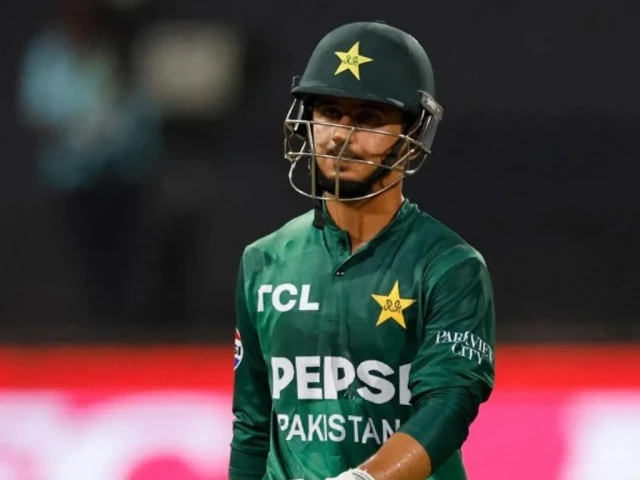Pakistan’s batting woes: Life after Babar and Rizwan
Pakistan have yet to find a suitable replacement for either of the two

For years, Pakistan’s T20I fortunes revolved around the calm consistency of Mohammad Rizwan and the class of Babar Azam at the top of the order. Together, they forged one of the most reliable opening partnerships in modern T20I cricket, a duo that often laid the foundation for Pakistan’s victories. Now, with the team moving away from the pair in search of a more aggressive approach, the effects are becoming glaringly obvious.
From 2021 to 2023, Rizwan and Babar opened in 51 T20I innings together, amassing over 2,000 runs at an average of 44.3 with a strike rate of nearly 130. No other pair in world cricket during that period came close to their output. They shared 9 century stands and 12 fifty-run partnerships, a record that speaks volumes of their consistency.
Perhaps their most memorable run came in the 2021 T20 World Cup, when their unbeaten 152-run stand stunned India and set the tone for Pakistan’s campaign. For a side often accused of fragility at the top, Rizwan and Babar were not just openers – they were a shield against collapse.
Fast forward to 2025, and Pakistan’s opening combination has shifted. Youngsters like Saim Ayub, Sahibzada Farhan, and Mohammad Haris have been given opportunities to bring flair and intent to the top order. While the strategy reflects a desire to modernize the T20 approach, the lack of stability is hurting Pakistan.
In the last 10 T20Is, Pakistan’s new opening combinations have averaged under 22 runs per stand, with only one fifty partnership. The contrast is stark compared to Rizwan and Babar’s era, where a 40+ start was almost routine. The struggles are evident in matches against top opposition, where early wickets expose an inexperienced middle order too soon.
What Pakistan is Missing
Babar’s role as an anchor and Rizwan’s ability to rotate strike while accelerating later provided balance. Their game might not have matched the high-voltage aggression of Indian or English openers, but it brought reliability. Crucially, their partnerships ensured Pakistan rarely started in chaos.
Now, with inconsistent starts, the middle order faces scoreboard pressure, and bowlers no longer enjoy the cushion of defendable totals. Against India recently, Pakistan’s openers fell cheaply, and the team limped to 127/9 – a total that Rizwan and Babar might have doubled with a solid stand.
The challenge for Pakistan is clear: balancing the aggression of the new breed with the proven solidity of their former stalwarts. Dropping both Rizwan and Babar simultaneously has left a leadership vacuum at the top. While the intent is to evolve, the execution shows that experience and consistency still matter.
If Pakistan are to mount serious challenges in upcoming tournaments, they must revisit their formula – whether by reinstating one of the seasoned campaigners alongside a youngster or by redefining roles to ensure their openers can both survive and score briskly.
Because right now, the absence of Babar and Rizwan isn’t just a tactical shift – it’s a gap Pakistan is struggling to fill.



















COMMENTS
Comments are moderated and generally will be posted if they are on-topic and not abusive.
For more information, please see our Comments FAQ